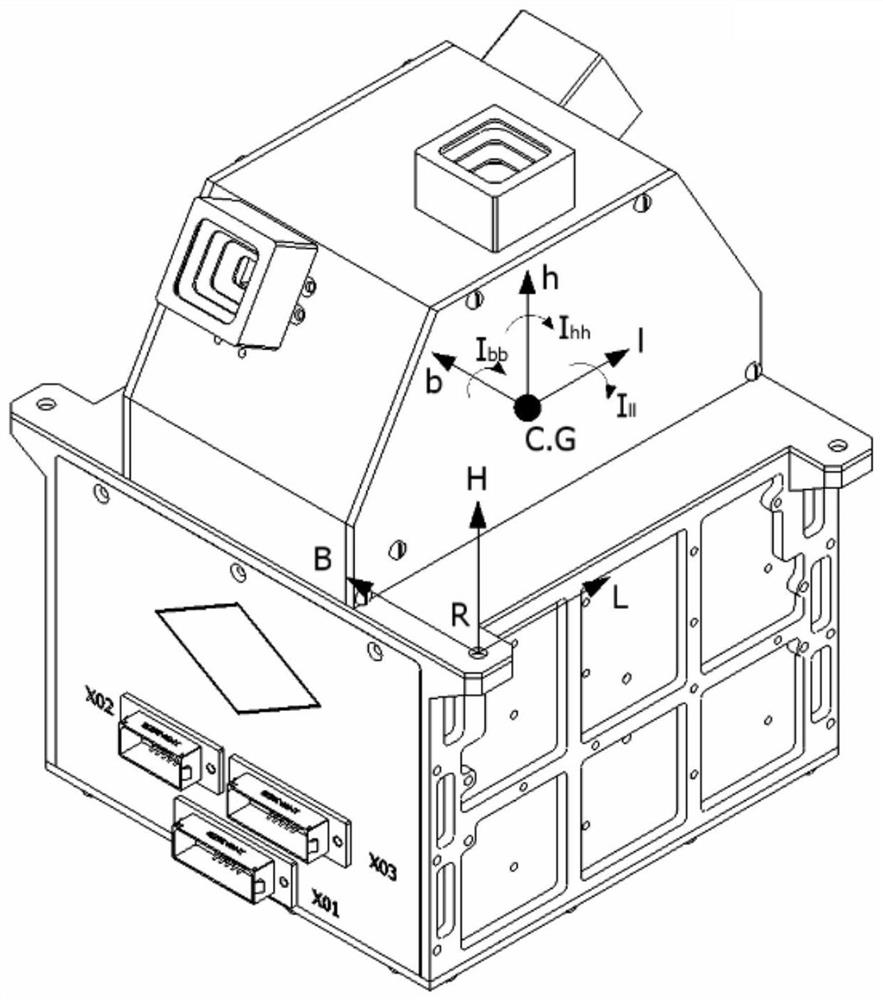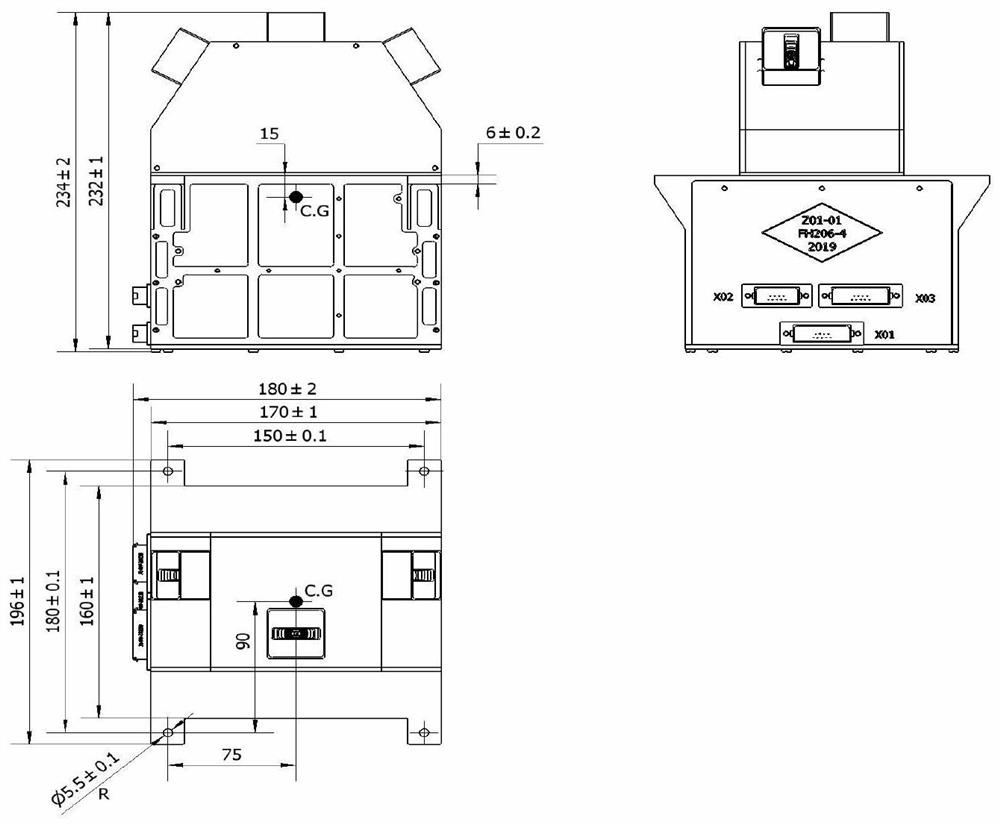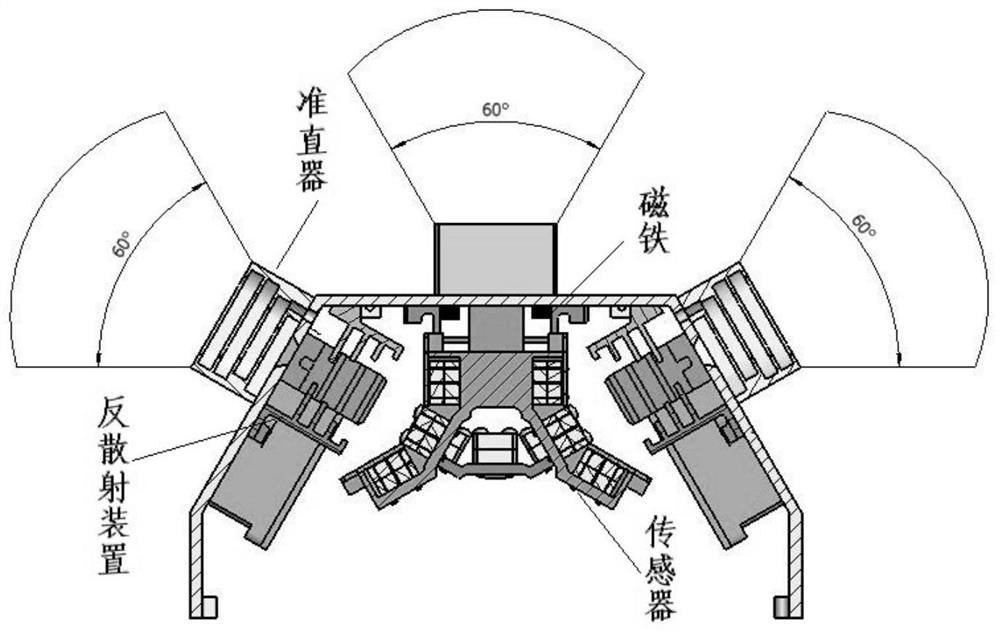Satellite-borne medium-energy proton detector
A detector and proton technology, applied in the aerospace field, can solve problems such as failure to meet spaceborne design requirements
- Summary
- Abstract
- Description
- Claims
- Application Information
AI Technical Summary
Problems solved by technology
Method used
Image
Examples
Embodiment Construction
[0040] The technical solution of the present invention will be described in detail below in conjunction with the accompanying drawings.
[0041] 1. Description of product indicators
[0042] Summary of energy proton detector indicators in Table 1
[0043]
[0044] 2. Composition and connection relationship
[0045] Such as figure 1 and figure 2 As shown, the present invention provides a medium-energy proton detector, including a probe and an electronic part. The probe includes the probe housing and three independent detection units and their front-end signal processing circuits. The electronics part includes: the electronics box and five built-in circuit boards, which are used to process the output signals of the probe and are responsible for the external interface. Including data transmission and power input with external equipment.
[0046] The probe shell and the electronics box are separated by a polyimide gasket with a thickness of 1mm. The probe shell is connect...
PUM
 Login to View More
Login to View More Abstract
Description
Claims
Application Information
 Login to View More
Login to View More - R&D
- Intellectual Property
- Life Sciences
- Materials
- Tech Scout
- Unparalleled Data Quality
- Higher Quality Content
- 60% Fewer Hallucinations
Browse by: Latest US Patents, China's latest patents, Technical Efficacy Thesaurus, Application Domain, Technology Topic, Popular Technical Reports.
© 2025 PatSnap. All rights reserved.Legal|Privacy policy|Modern Slavery Act Transparency Statement|Sitemap|About US| Contact US: help@patsnap.com



